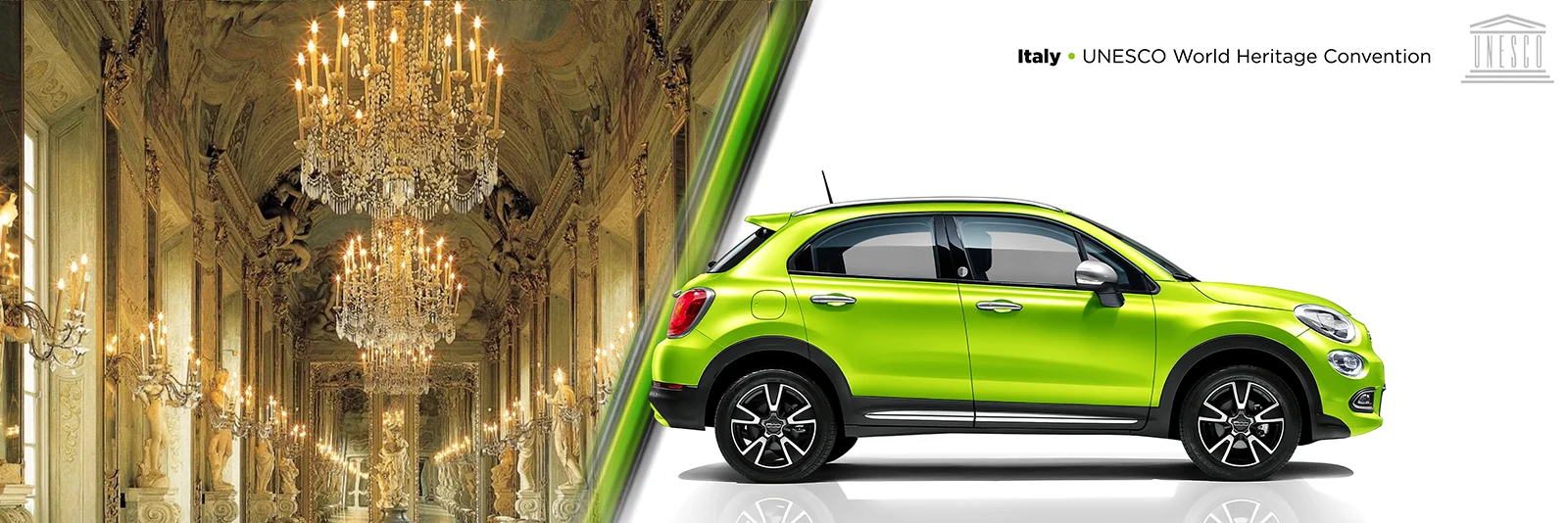IT
EN
ES
FR
IT
EN
ES
FR
These urban pathways symbolize the city's transformation in the 16th century, guided by visionaries like Andrea Doria. The New Streets, exceptionally level for their time, facilitated revolutionary urban growth.
The Rolli Palaces system encompasses a collection of noble buildings, each designated to host distinguished visitors, showcasing Genoa's economic and political might. Andrea Doria, a renowned admiral and statesman, played a pivotal role. His leadership led Genoa to a golden age, solidifying its influence in the Mediterranean. The city became a hub of the Renaissance, influencing artists, architects, and intellectuals.
Artworks, squares, and palaces still bear witness to Genoa's cultural excellence. This UNESCO recognition underscores the historical and architectural significance of Genoa, urging the preservation of its rich heritage for future generations.

The Strade Nuove and the system of the Palazzi dei Rolli in Genoa are among the most fascinating architectural jewels in Italy. Located in the historic center of Genoa, these palaces represent the height of the economic and cultural power of the Republic of Genoa during the 16th and 17th centuries. In 2006, they were declared a UNESCO World Heritage Site for their historical importance and exceptional architectural value.
During the peak of the Republic of Genoa, between the 16th and 17th centuries, the city experienced extraordinary economic and social growth. This development led to the construction of the Strade Nuove (New Streets) and a system of noble residences known as the Palazzi dei Rolli.
The Strade Nuove were conceived as a series of wide, straight streets, designed to house the residences of the most influential noble and mercantile families. The Palazzi dei Rolli were lavish palaces used to host illustrious visitors, such as ambassadors, dignitaries, and nobles, during official visits to Genoa.
The Strade Nuove represent an extraordinary example of Renaissance urban planning, with a layout reflecting the power and ambition of Genoa's noble families. The main streets that make up the Strade Nuove are Via Garibaldi, Via Balbi, and Via Cairoli.
Originally known as Strada Nuova, Via Garibaldi is the most famous of the Strade Nuove, renowned for its architectural beauty and concentration of historic palaces. This street was designed as a grand residential avenue and is the most complete example of Renaissance urbanism.
Built in the 17th century, Via Balbi is another of the Strade Nuove that exemplifies Genoa’s urban expansion. The street is known for its majestic palaces and its historical importance as a political and cultural hub.
Part of the Strade Nuove system, Via Cairoli is characterized by elegant buildings and a vibrant atmosphere, today serving as an important commercial and cultural area.
The Palazzi dei Rolli were a series of noble residences listed in special official registers known as "rolli," which classified the palaces based on their prestige and their ability to host dignitaries. These palaces reflect the economic and political power of Genoa’s noble families and their taste for art and architecture.
The Palazzi dei Rolli are known for their elaborate architecture, combining Renaissance, Baroque, and Neoclassical elements. The facades often feature decorative details such as frescoes, stucco work, and monumental portals. The interiors of the palaces are equally spectacular, with decorated halls, grand staircases, and inner courtyards.
The Strade Nuove and Palazzi dei Rolli represent a unique example of Italian Renaissance urban and architectural development. These sites demonstrate Genoa’s central role as a maritime and commercial power in the Mediterranean during the 16th and 17th centuries.
Inclusion in Genoa’s Rolli system was a symbol of prestige and power, as only the most luxurious and well-designed palaces could host visiting dignitaries. This system fostered competition among noble families to build the grandest and most decorated residences, contributing to the city’s architectural heritage.
In 2006, UNESCO declared the Strade Nuove and the Palazzi dei Rolli system a World Heritage Site, recognizing their historical significance and exceptional architectural beauty. This designation highlights Genoa’s global importance as a center of culture and commerce in the Mediterranean.
The inclusion on the World Heritage list has promoted the preservation and enhancement of these sites, encouraging the protection and promotion of their extraordinary architectural and historical heritage.
The Strade Nuove and Palazzi dei Rolli offer a unique opportunity to explore the historic heart of Genoa and discover the city’s rich cultural and architectural heritage. Visitors can stroll through the historic streets, admire the palaces, and immerse themselves in the history of this fascinating city.
Genoa is easily accessible thanks to its strategic location on the Ligurian coast, with various transport options available:
To make the most of your visit to the Strade Nuove and Palazzi dei Rolli, here are some useful tips:
The Strade Nuove and the Palazzi dei Rolli system of Genoa represent a unique heritage that combines history, architecture, and culture. These sites offer a glimpse into Genoa’s grandeur as a maritime and cultural power, inviting visitors to discover the legacy of one of Italy’s most fascinating cities.
Exploring the Strade Nuove and Palazzi dei Rolli means immersing yourself in an extraordinary architectural legacy, discovering the beauty and history of Genoa through the centuries. A trip to this city is an unforgettable experience that brings together the past and the present, offering a unique perspective on Italian culture.